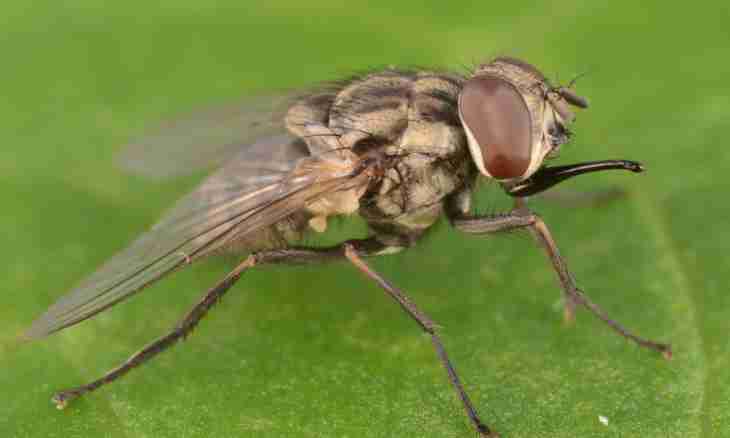On Earth there are about 5000 species of flies, from them about 1000 live on open spaces of Russia. Many of these insects than do not annoy the person. But there are versions which are constant companions of the person and have great epidemiological value. Such insects are carried to synanthropic types. This is a room fly, house, market, blue meat, green padalny, etc.
Instruction
1. A reproduction - the natural function inherent in all live. Reproduction is aimed at preservation of a sort, development of population. The age of insects is rather short, sometimes it is estimated for hours. Perhaps, for this reason the nature allocated them with amazing fertility. For example, couple of flies for a summer season are theoretically capable to recreate posterity which can exceed the weight of 50 tons. That is, having begun to breed in April, the couple of flies will give such quantity of individuals which could close a firmament by fall.
2. Of course, in the nature the theoretical gain is not justified, it is affected by natural factors. Flies and their larvae perish from diseases, they are food for birds, frogs, other animals. At last, the person constantly combats on extermination of flies.
3. There lives a fly in radius of 100 meters from that place where there was her birth. Life of an ordinary room fly proceeds about a garbage and other places where bacteria favorably develop. Such places are the best place for reproduction of insects.
4. Not all species of flies breed equally. Some bear eggs in own body, then give out live larvae. Other, for example, synanthropic types, lay initially eggs. Before pairing the males of flies entice females, they publish quiet hum. Females do selection among males, select individuals with the opposite genetic code. In 2-3 days after pairing the synanthropic fly is ready to a laying.
5. The domestic fly postpones until 150 eggs for once. Their size does not exceed 1.2 mm. The embryo develops, absorbing a yolk, gradually grows. Through small time egg, on average in 24 hours, turns into thin, legless, white color a larva. This stage of development of a fly is called "nutritious". Now the larva has to go through a regeneration stage. The larva which turned out from egg sticks into nutrient medium on which eggs were laid. Most often it is manure, putrefactive masses. Larvae do not remain on the surface of manure, they direct closer to heat and moisture. On a surface they are expected by destruction threat of birds, small animals. The sun also affects larvae harmful.
6. After 5-6 days the worm-shaped larva gets a brownish shade, its cover becomes more dense. Its size increases by 800 times. This form of development was called a doll. 5-6 more days a fly will develop in a doll, then the outer sheath of a larva is blown up, extended. At last, the fly hatches. The difficult metamorphosis of transformation from egg into a fly proceeds within 12-14 days, time depends on an environment. The size of a room fly will remain after the birth invariable. The first hours after the birth the fly cannot fly. Her wings have to dry up and get stronger. In 5-7 days of a fly copulate again and bring posterity. Watching growth and development of a fly, it is not difficult to understand on how many they differ from the highest animals.

